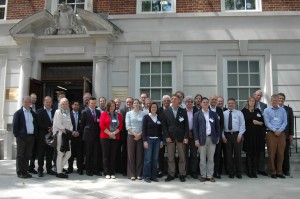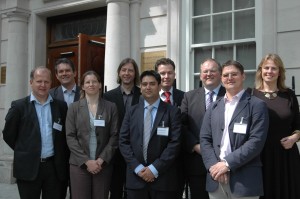 |
|
CNSSCLEAN NORTH SEA SHIPPING: Competitive Marine Transport Services AND Reduction of Emission - a North Sea ModelBackground and AimAim CNSS wanted to contribute to the large scale installation of “clean shipping” technology around the North Sea, e.g. by developing cost-effective implementation concepts (show-cases). Furthermore, CNSS wanted to pave the way for an incentive and regulatory framework, which caused an increased use of environmentally friendly technologies and fuels in shipping and at the same time maintained the competitive position of the North Sea maritime transport. Background Ports suffer from air pollution not only due to arrival/ departure of ships, but also due to emissions during their stays at berth. Today, new regulations have been set into force. Beside the international MARPOL regulation of the IMO, the EU has introduced the “sulphur content of marine fuels” directive. It declares a 0,1 % sulphur limit in fuels for ships at berth in EU ports as from 2010. In the North and Baltic Sea, which have been declared special “Emission Control Areas” (ECAs) by the IMO, this limit will also hold for ships at sea from 2015 onwards. Furthermore, the EU Environmental Council decided in 2009 that CO2 emissions from shipping must be reduced by 20% by 2020. In order to comply with these regulations ships must change to lighter fuels, which will increase fuel costs drastically and consequently, marine transportation will get more expensive. The industry might respond with re-routeing of goods to places outside the North Sea (e.g. Adriatic Sea) and instead using transportation via land corridors. This development would have strong negative economical effects for the North Sea shipping and port industries.
Information HubThere are no related videos
|








